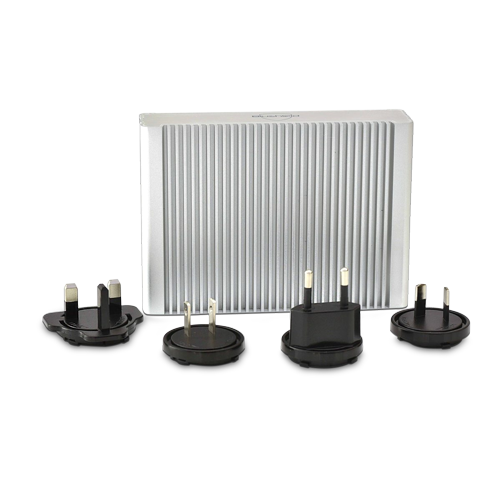This article discusses the subject of 5G radiation, a non-ionizing type of electromagnetic radiation. Because 5G radiation is small, it does not possess the capability of breaking chemical bonds in biological tissues or trigger any modifications to cells. It's not clear whether the effects of 5G radiation alter the risk of developing skin cancer. No evidence has been discovered to suggest that it can cause any other diseases.
High-frequency millimeter radiation
High-frequency millimeter-wave radiation from mobile devices and wireless networks could cause health issues to humans. There are a few different ways in which this radiation could be harmful. In some cases, the radiation can cause damage to the person's DNA. In other cases the radiation may cause harm to other parts within the body such as the brain.
Recent research has revealed that 5G technology could result in the heating of tissues. This is why scientists from International Council on Non-Ionizing Radiation Protection (ICNIRP) has called for a review of the existing safety standards for biological and thermal radiation. The current exposure standards do not protect people from extreme heat when exposed to pulsed millimeter wave radiation.
Skin cancer risk
There isn't a definitive answer to the question of whether the 5G radiation causes skin cancer. However, it is thought that 5G RF-EMFs behave much like radiations that emit high-LET. In turn, they can cause high levels of free radicals within the skin. The FCC hasn't issued any specific guidelines on the potential dangers associated with 5G technology. The debate continues.
Although there are 5g towers radiation of studies that examine the impact of radio waves that are higher frequency on human health, they have remained largely limited in their scope. However, there is concern over the effects of millimeter-wavelength exposure on oxidative stress and gene expression. 5g radiation may extend to the skin and other organs, such as the brain.
Influence on other illnesses
The latest generation of technology for wireless, called 5G, is rapidly gaining ground However, researchers are warning of its potential health hazards. The technology will significantly increase the quantity of electromagnetic radiation found in our environment. This is a concern that has sparked debates in many nations including Switzerland. In 5g radiation and scientists supported a motion for a moratorium on 5G deployment. This call was ignored by the European Commission, which is responsible for controlling the use of technology like 5G.

Therefore it is necessary to conduct more research to determine the health impacts of 5G. In the meantime studies have proven that 5G does not cause the same effects in humans as radiation from older mobile networks. It also does not spread a new type of coronavirus. Furthermore, it does not make people more susceptible to infections caused by viruses.
The measurement of exposure
Monitoring the radiation exposure of 5G is a crucial aspect of the security of 5G networks. There are two methods to measure exposure. One method is measuring the power of radio waves absorption by human tissues. Another is measuring the quantity of radiofrequency energy released by an object. Radiation frequency energy (RF) refers to an electromagnetic field of energy that originates from radio transmitters.

Within the United States, the FCC has imposed a restriction on the power density of 5G mobile devices. The tests are able to measure power density at the distance of several inches, and they do not require measurements of every beam. FCC does not have to measure each beam. However, how much power is generated by each beam can be estimated through computer simulation. The most likely scenario is then determined according to the design of each beam.
Study limitations
There has been a lot of discussion over whether the effects of 5G radiation are detrimental to human health. For instance, the Swiss authorities, for example has issued an analysis that concludes the technology has no adverse health effects in the short term, but there aren't any studies that have demonstrated long-term effects. However, this report has a variety of issues and bias in reporting.
The strength and frequency of radio waves that transmit energy are determined by the frequency. The energy carried by a millimetre-wave will be identical to the current radio waves however they will be less visible and are better suited for high-density environments, since they will not be easily blocked by glass or walls. Highly dense urban areas will require many tiny, low-power sites while suburban areas would be better served by 5G networks that operate at lower frequencies.
